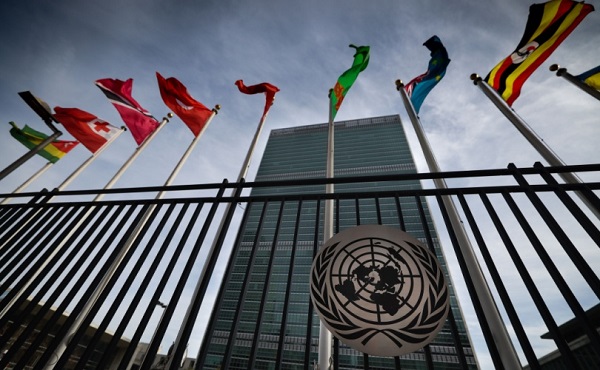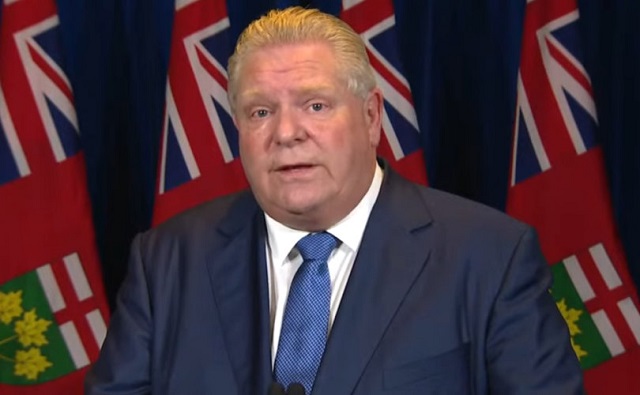From The Center Square
By Casey Harper
“If Trump had a full USSS security detail following J13, the shooter at Mar-a-Lago wouldn’t have gone unnoticed for 12 hours”
U.S. lawmakers are calling for changes in how the U.S. Secret Service protects former President Donald Trump after a second assassination attempt Sunday.
Ryan Wesley Routh, 58, was able to hide outside a golf course where Trump was golfing. Authorities say Routh pointed the barrel of an assault-style rifle through a chain-link fence toward the golf course, was spotted by an agent, who fired at Routh. The suspect was soon arrested after fleeing the scene.
Routh reportedly waited for 12 hours outside the golf course but was only spotted just in time, raising ongoing concerns about the Secret Service’s work and Trump’s safety.
“If Trump had a full USSS security detail following J13, the shooter at Mar-a-Lago wouldn’t have gone unnoticed for 12 hours,” U.S. Rep. Pat Fallon, R-Texas, wrote on X, formerly known as Twitter, one of several lawmakers to call for an increase to Trump’s security detail.
The near-miss encounter comes just two months after Trump was nearly fatally shot July 13 in Butler County, Pennsylvania, when a shooter was able to get on a rooftop overlooking the former president’s position and fired several shots. Trump was grazed in his ear, one rally attendee was killed and two others were wounded. The Secret Service’s handling of that incident – from allowing the shooter to get a direct line of sight to the poor pre-planning to the nearly nonexistent communication with local officers – was widely criticized across the political spectrum and led to the resignation of the agency’s head.
U.S. Sen. Marsha Blackburn, R-Tenn., called for Trump to receive the same protection as President Joe Biden, given the circumstances.
“While we are still awaiting more details about this horrific event, I am thankful that the perpetrator was unsuccessful and the Secret Service agent acted swiftly to ensure that the former president is safe,” Blackburn said in a statement. “But one thing is abundantly clear: within the span of a mere two months, there have been two assassination attempts against a major presidential candidate and former president in the United States of America. It is unfathomable and unacceptable that this incident occurred.”
A coalition of Senators sent a letter to Acting Secret Service Director Ronald Rowe calling on him to allocate more resources to Trump.
Previous Trump requests for more security have reportedly been rejected.
Since Trump is not currently president, he does not receive as large of a team of agents as Biden. Department of Homeland Security Secretary Alejandro Mayorkas told Congress after the first assassination attempt that Trump’s threat-level status would be increased.
Security experts have echoed that concern. Chris Ragone, owner of Virginia-based Executive Security Concepts who has worked with the Secret Service on presidential security in the past, told The Center Square that if a full presidential-level team of Secret Service agents had been assigned to Trump, they would have found the suspect much faster.
“If they were taking this threat serious… the entire perimeter should have been checked, and they would have found this guy,” Ragone told The Center Square. “You know, if he had parked his car 30 minutes before and got out, OK, but we now know that guy was there for 12 hours, which means there were no resources that checked that entire perimeter. And that’s always the first thing we do is check a perimeter and lock it down.
“I think it wasn’t noticed it because it was a manpower issue,” he added.
As The Center Square previously reported, President Joe Biden told reporters that the U.S. Secret Service “needs more help” though he failed to give specifics when asked.
Sen. Ted Cruz, R-Texas, called on Vice President Kamala Harris to support presidential-level security for Trump as well.
“Two attempted assassinations in 64 days, two failures by Secret Service for having woefully insufficient personnel,” Cruz said on his show, “The Verdict” Monday. “If President Trump wins in November, less than two months away, he will instantly get full presidential Secret Service protection on Election Day. Given that fact, and given the threats and the failures we have seen, the only reasonable and rational thing to do is assign President Trump right now, a full presidential detail that includes the perimeter coverage so that you can’t get a sniper that close, and if Joe Biden doesn’t do it, and by the way, if Kamala Harris had any sense at all, she would join in the call to do this.”
















